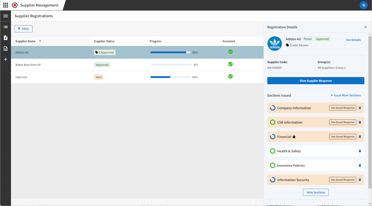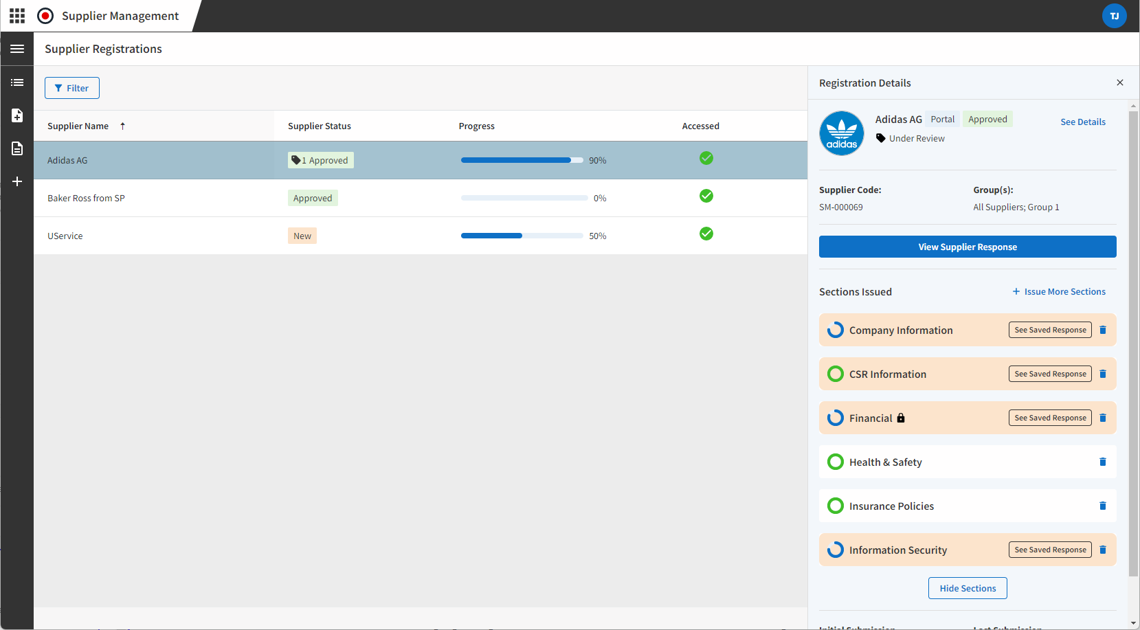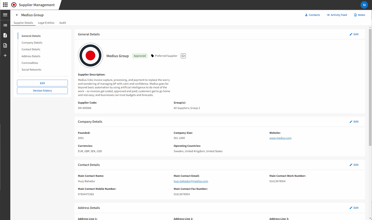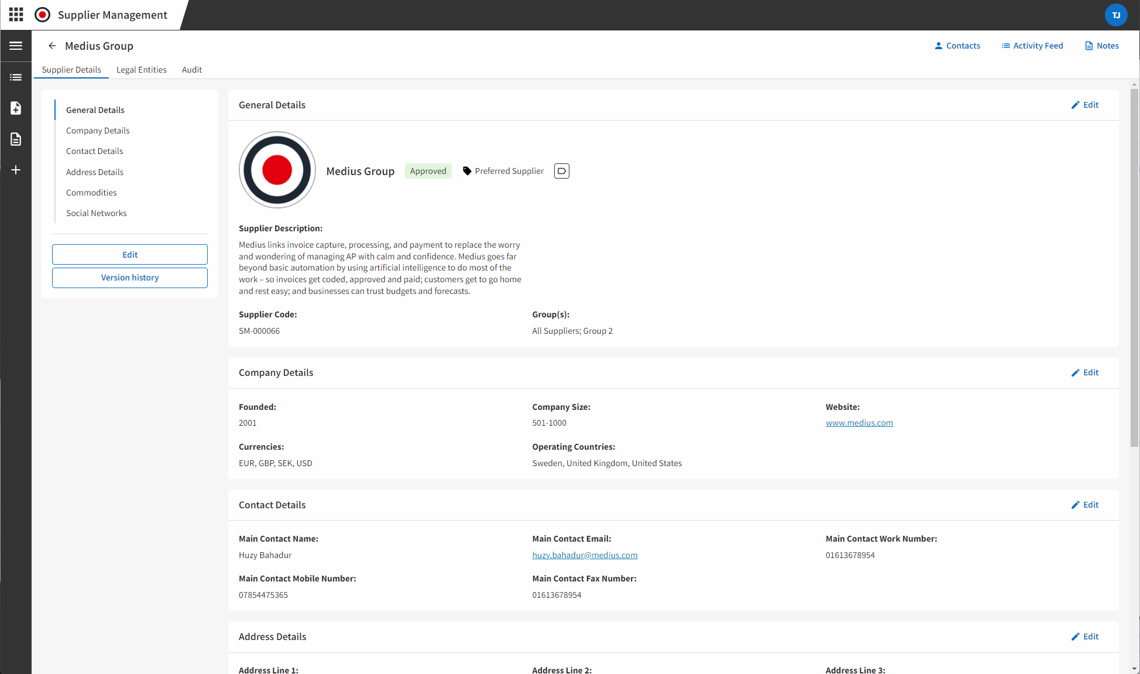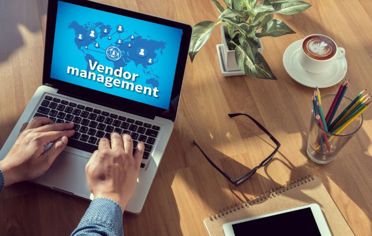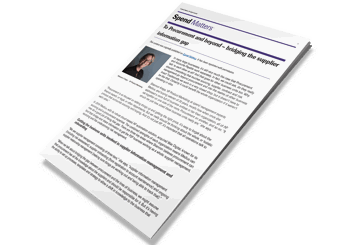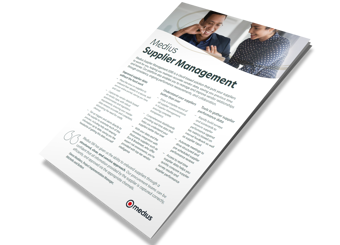What is Supplier Management?
Supplier management is the process that ensures maximum value is received for the money that an organization pays to its suppliers. Because these supplies play a part in the smooth running of an organization, it’s important for both supplier and organization to engage properly and effectively.
Establishing a proper relationship, managing the requirements, and communicating clearly with suppliers is essential to the organization, which means a comprehensive supplier management policy is required.

